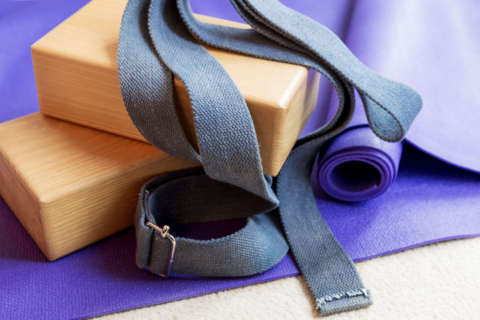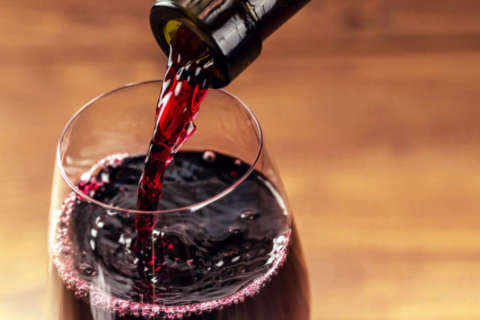WASHINGTON — A new year is a chance for new beginnings.
Since a lot of people might be feeling the side effects of an overenthusiastic welcome of 2018, it would be understandable if some were considering swearing off alcohol, or at least scaling back their drinking, as a New Year’s resolution.
The National Institute of Health’s Institute on Alcohol Abuse and Alcoholism, in Bethesda, Maryland, has unveiled some tips to try for people who want to scale back their drinking in 2018.
Keep track
One of the easiest ways to scale back is to keep track of how much you drink. There’s a variety of ways to do this. The Institute of Alcohol Abuse and Alcoholism has a drink tracker card you can print out and carry in your wallet. There are also a variety of apps available to help you keep track of your alcohol intake.
Noting how much you have had to drink can help you slow down when you need to.
Count and measure
Drinks come in different sizes. Knowing standard drink sizes will help you more accurately count your drinks, especially at home.
It can be a bit harder to measure drink sizes if you’re out, especially with mixed drinks because you could be getting more alcohol than you think. Sometimes with wine or beer, simply asking your server not to top off a partially filled glass can help.
Set goals
Decide how many days a week you want to have a drink, and how many drinks you want to have on those days. The Institute of Alcohol Abuse and Alcoholism defines “low-risk” drinking as no more than four drinks a day for men and three drinks a day for women, and no more than 14 drinks per week for men and seven drinks per week for women.
That is not to say that “low risk” is “no risk,” but a nationwide survey of 43,000 adults in the U.S. conducted by the Institute found that only 2 in 100 people who drink within both the single-day and weekly limits had alcohol use disorder.
Pace and space
When you do drink, pace yourself. After all, there’s no need to rush. Sip slowly and have no more than one standard drink per hour. Also making every other drink a non-alcoholic one will help too.
Include food
Don’t drink on an empty stomach. Having some food in your system will mean the alcohol is absorbed into your system more slowly. It will also help ward off a nasty hangover.
Avoid ‘triggers’
Are there certain people, places or things that makes you feel like you just need a drink? Well, try to plan doing something else instead.
Plan to handle urges
Sometimes triggers are unavoidable, particularly at work. If you can’t avoid a trigger, there are a couple of things you can do to help avoid drinking more. Getting involved with a healthy and distracting activity, such as exercise or a hobby that doesn’t involve drinking, can help. Talking about things with someone you trust can also help. The Institute on Alcohol Abuse and Alcoholism also has some modules that can help handle urges to drink.
Know your ‘no’
There are going to be times you’re offered a drink when you don’t want one; having a convincing and polite “no, thanks” ready makes you less likely to accept a drink. If you hesitate, it can give you more time to think of excuses to accept a drink you might not necessarily want.
Build your own strategies
Small changes can make a big difference. If one approach doesn’t work, try something else. Figure out what works best for you and keep to that routine.
Another recommendation from across the pond is simply using the money you’d normally spend on alcohol on something else.
Whatever you wind up choosing, the Institute on Alcohol Abuse and Alcoholism recommends you give it a fair shot. But if you haven’t made any progress in cutting down after two to three months, they recommend considering quitting altogether, seeking professional help or both.
If you do think you need professional help, the Institute on Alcohol Abuse and Alcoholism has a list of options and advice for treatment.







